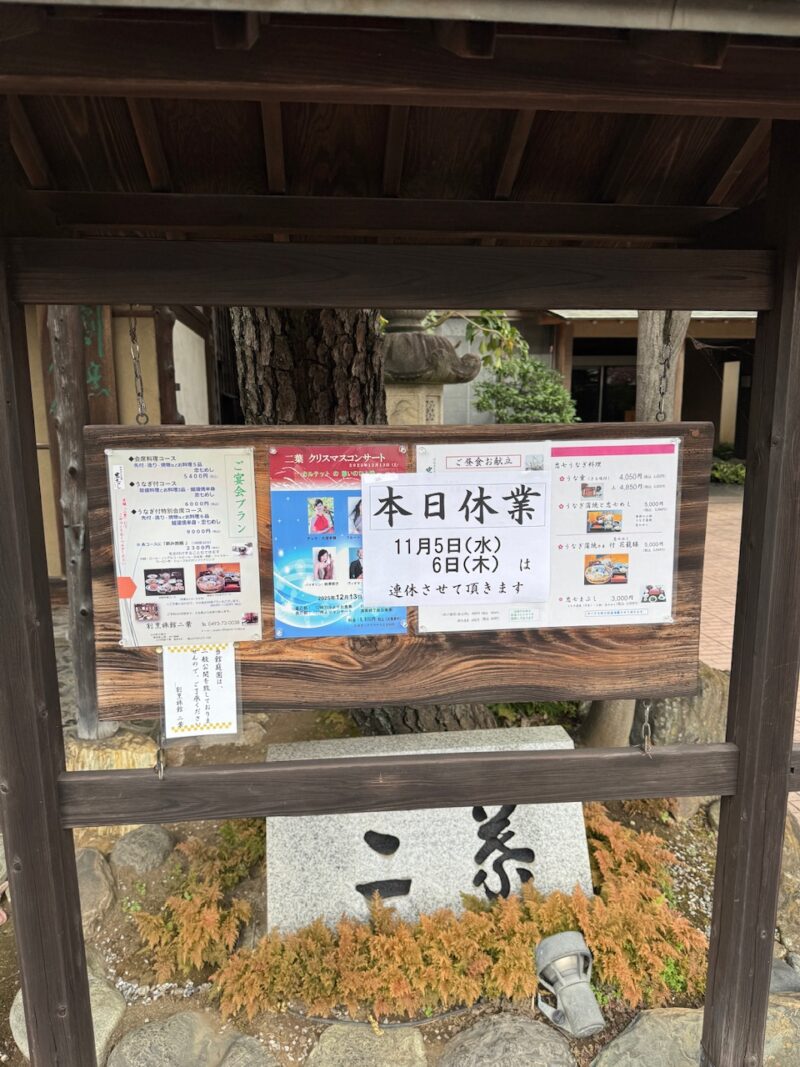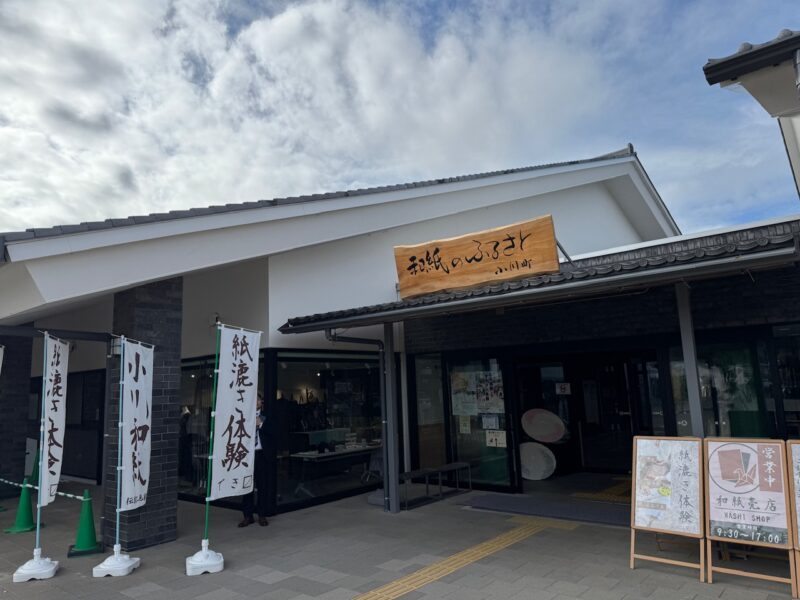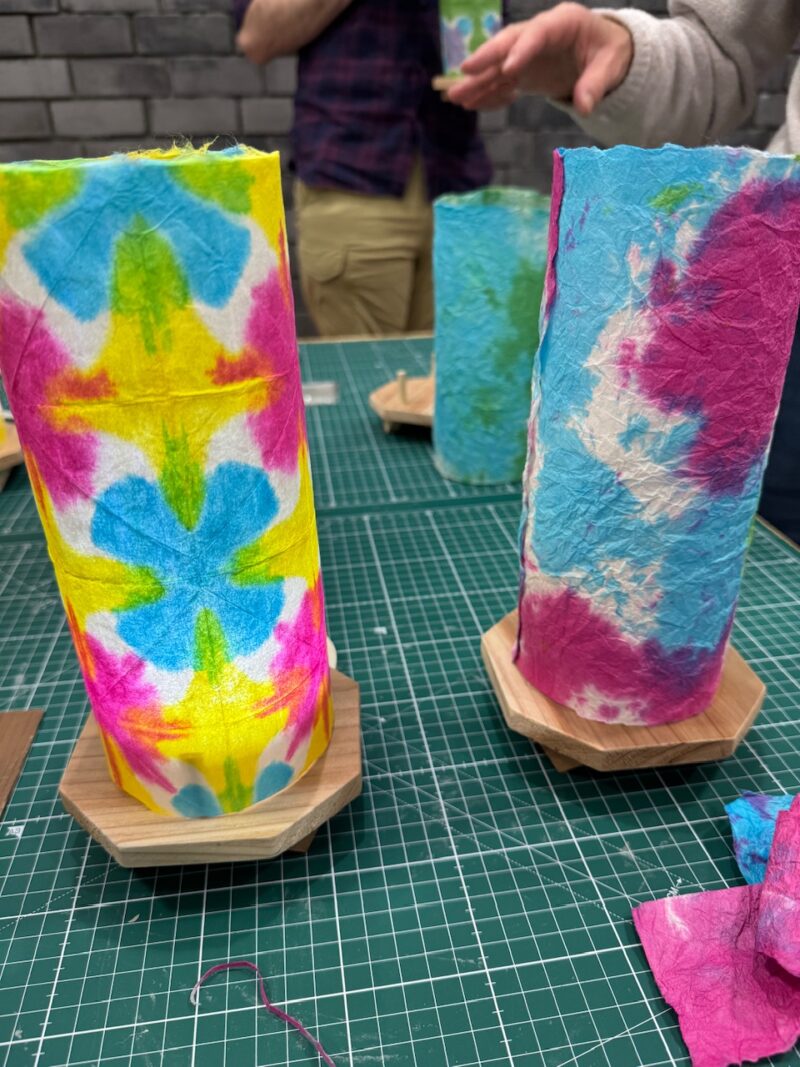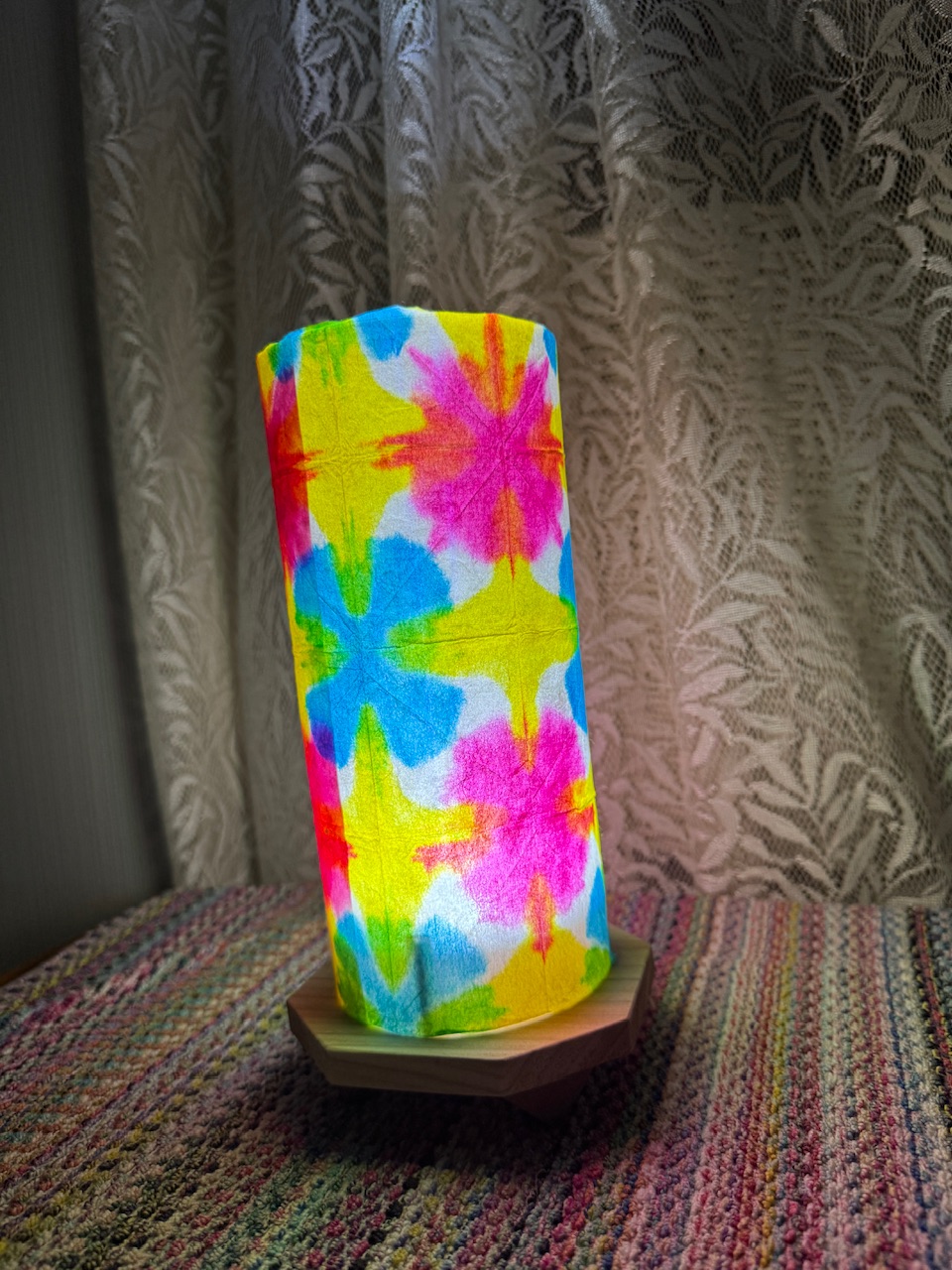11月6日(木)、また小川町に行って来ました。東京・神保町の隣りの小川町ではありません。埼玉県比企郡の小川町です。
先日もこのブログに書きましたが、同町は、①日本食と②和紙と③酒蔵と三つもユネスコ世界無形文化遺産があるということで、町と県を挙げて、インバウンドに売り込んでおります。
東京都心から1〜2時間は掛かるのがネックですが、一生に一度は訪れても良い所です。
先日のブログにも書きましたが、和食の代表として小川町には、「幕末の三舟」の一人である山岡鉄舟が考案した「忠七めし」が割烹二葉で体験出来るというので、行ってみました。
そしたら、残念ながら「休業日」でした。

仕方がないので、小川町駅からバスで15分ぐらいの所にある「道の駅おがわまち」に行ってみました。そこで、食事も出来るからです。カレーを食べました。味はイマイチでしたが、給仕して下さった若い女性が働き者で、食べ終わった食器は自分で片付けなければならないというのに、彼女が運んでくれました。欧米だったら、彼女にチップを払わなければなりませんでしたね。
本日のメーンイベントは、道の駅に隣接する「和紙のふるさと」館での紙漉き体験でした。

小川町の和紙づくりは、1300年以上の歴史があるといいます。製法は、奈良時代、武蔵国に移住した高麗からの渡来人が伝えたと言われています。
小川町が紙づくりに適していたのは、①豊富な水と②素になるコウゾと③「練り」のトロロアオイに恵まれていたからだといいます。
これらの原料が浸かった水槽で、竹簾bamboon screenで掬って、前後左右に動かして、水分を除き、それを乾燥機で一度乾かし、さらに、壁に貼って、しばらく扇風機で乾燥させて原紙を作ります。
私は、この紙で行燈を作りましたが、三角に折って、色付けしたりする作業もありました。広げて、透明の型に貼り付ければ完成です。

工程は、大体、40分ぐらい掛かりました。
目下、外国人観光客の間では、こういった和紙づくり体験が大人気だそうです。ノーベル賞作家大江健三郎の故郷で、和紙づくりの里としても知られる愛媛県内子町という人口1万5000人も満たない小さな町にインバウンド観光客が押し寄せるそうです。
日本人でさえ滅多に行かないのに、こういう現象は驚くほかありません。
※※※※※
I challenged myself to washi making
On Thursday, November 6th, I went to Ogawa Town again. I’m not talking about Ogawa Town next to Jimbocho in Tokyo, but Ogawa Town in the Hiki District of Saitama Prefecture.
As I wrote in this blog the other day, the town and the prefecture are heavily promoting it to inbound tourists because it boasts three UNESCO Intangible Cultural Heritages: (1) Japanese cuisine (Washoku), (2) Washi (Japanese paper), and (3) a Sake brewery (tradition).
Although the one to two-hour travel time from central Tokyo is a drawback, it is a place worth visiting at least once in a lifetime.
As I also mentioned in my previous blog, I went there to experience Chūshichi-meshi—a dish devised by Yamaoka Tesshū, one of the “Three Boats of the Bakumatsu (end of the Edo period),” which can be enjoyed at the restaurant Kappō Futaba in Ogawa Town as a representative of Japanese cuisine.
However, unfortunately, it was closed.
Kappō “Futaba” (Ogawa Town, Saitama Prefecture): I visited to eat Chūshichi-meshi, but regrettably, it was “Closed Today.”
With no other choice, I took a bus for about 15 minutes from Ogawa Town Station to Michi no Eki Ogawamachi (Roadside Station Ogawamachi), as they also serve meals there. I had curry. The taste was mediocre, but the young woman who served me was hardworking; even though customers were supposed to clear their own dishes, she carried mine away for me. If this were in a Western country, I would have had to tip her.
Today’s main event was the paper-making experience at the “Washi no Furusato” (Hometown of Washi) museum, which is adjacent to the Roadside Station.
Ogawa Town, the Hometown of Washi: Paper-making Experience
Washi making in Ogawa Town is said to have a history of over 1,300 years. The method is believed to have been introduced by immigrants from Goguryeo (Koma) who moved to Musashi Province during the Nara period.
Ogawa Town was suitable for paper making because it was blessed with three things: (1) abundant water, (2) kōzo (paper mulberry) as the base material, and (3) tororo-aoi (sunset hibiscus) for the neri (thickener).
In a water tank containing these raw materials, the mixture is scooped up with a bamboo screen (sudare), moved back and forth and side to side to remove water, dried once in a dryer, and then pasted onto a wall and dried further with a fan to create the original sheet of paper.
I used this paper to make a lantern (Andon). The process also involved folding the paper into a triangle and coloring it. It was completed by unfolding it and pasting it onto a transparent mold.
Ogawa Washi Lantern – made by myself
The entire process took about 40 minutes.
Currently, such Washi-making experiences are extremely popular among foreign tourists. Inbound tourists are reportedly flocking to a small town called Uchiko in Ehime Prefecture—the hometown of Nobel laureate Kenzaburō Ōe and also known as a Washi-making village—which has a population of less than 15,000 people.
It is nothing short of surprising to see this phenomenon, as even Japanese people rarely visit such places.
(translated by AI Gemini)




コメント